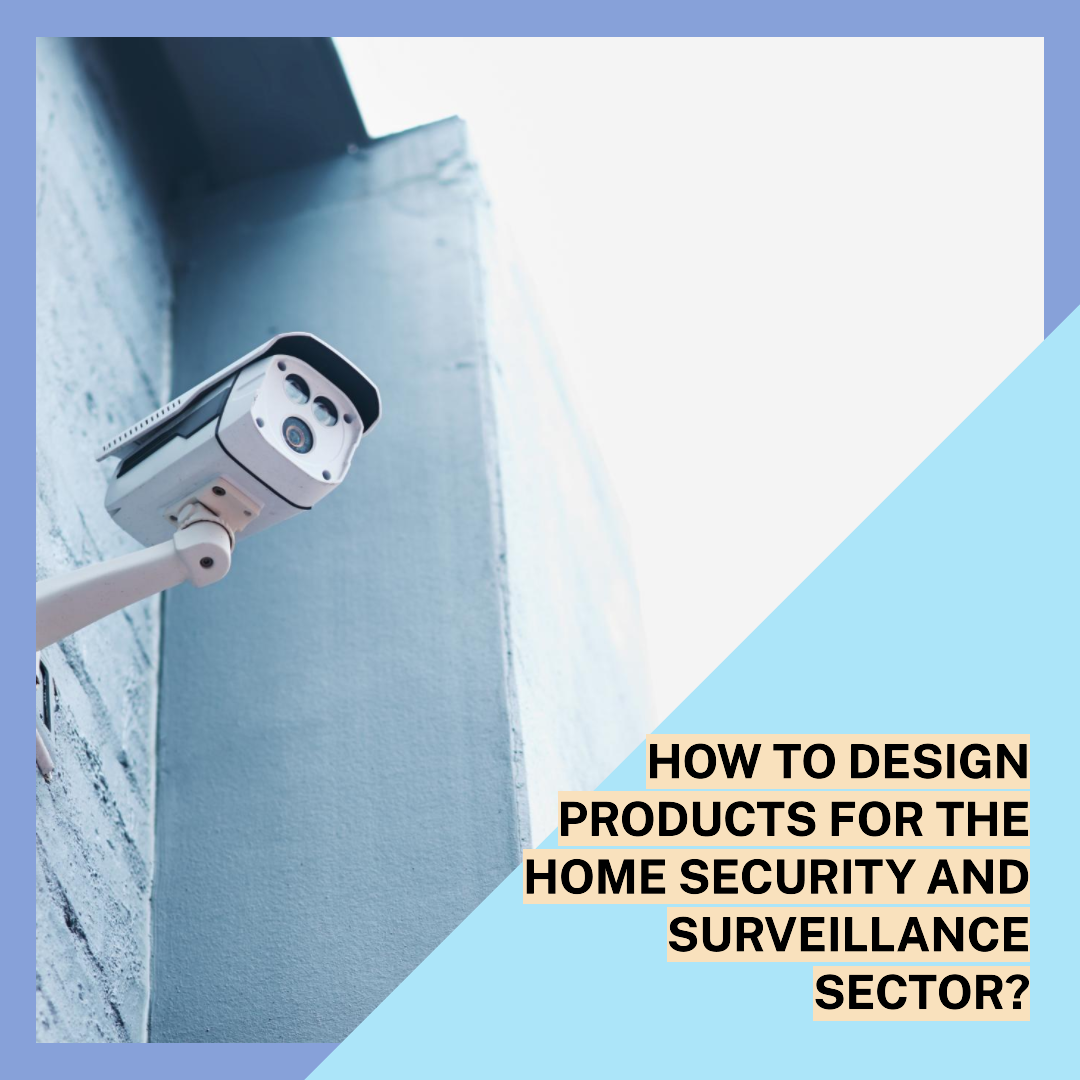How to design products for the home security and surveillance sector?
Introduction
The home security and surveillance sector is a large and growing market. In 2023, the global home security and surveillance market is expected to reach $116.6 billion. This growth is being driven by a number of factors, including the increasing popularity of smart homes, the rising crime rate, and the growing demand for affordable home security and surveillance products.
Opens in a new windowwww.travelers.com
smart home security system
To be successful in this market, designers need to be able to create products that are both effective and affordable. They also need to be able to keep up with the latest trends in home security and surveillance technology.
In this blog article, we will discuss the essential steps involved in designing products for the home security and surveillance sector. We will also provide tips on how to market and sell your products once they are finished.
Step 1: Understand your target market
The first step in designing any product is to understand your target market. In the home security and surveillance sector, your target customers may include:
- Homeowners
- Renters
- Businesses
- Schools
- Government agencies
To understand your target market, you can conduct market research, interview homeowners and renters, and analyze customer feedback. You should also consider the following factors:
- What are the biggest security concerns of homeowners and renters?
- What are the latest trends in home security and surveillance technology?
- What are the unmet needs of homeowners and renters?
Step 2: Identify opportunities for innovation
Once you understand your target market, you can start to identify opportunities for innovation. The home security and surveillance sector is constantly evolving, so there are always new opportunities to create new and better products.
When looking for opportunities to innovate, consider the following:
- Emerging technologies: Can you use new technologies to create products that are more effective, affordable, or easier to use?
- Changing security needs: How are the security needs of homeowners and renters changing over time? Can you create products that meet these new needs?
- Unmet needs: What are the unmet needs of homeowners and renters? Can you create products that address these needs?
Step 3: Develop your product concept
Once you have identified an opportunity for innovation, you can start to develop your product concept. This involves defining the problem that your product solves, identifying the key features and benefits of your product, and developing a prototype.
When developing your product concept, it is important to keep homeowners and renters in mind. Make sure that your product solves a real problem for them and that it offers features and benefits that they value.
Step 4: Test and refine your product
Once you have a prototype of your product, it is important to test it thoroughly. This will help you to identify any areas where your product needs improvement.
You can test your product with a variety of people, including homeowners and renters, security experts, and industry analysts. Get their feedback on the design, functionality, and effectiveness of your product.
Use the feedback you receive to refine your product design. Make sure that your product is easy to use, effective, and affordable.
Step 5: Launch your product
Once you are satisfied with your product design, you are ready to launch your product to the market. This involves developing a marketing and sales strategy, and getting your product into the hands of potential customers.
You can market your product through a variety of channels, including online and offline advertising, social media, and public relations. You can also sell your product through traditional retail stores or through your own online store.
Additional tips for designing products for the home security and surveillance sector
- Focus on ease of use: Home security and surveillance systems should be easy to install and use. Make sure that your product is equipped with clear instructions and that it is easy to troubleshoot.
- Make your products affordable: Home security and surveillance systems should be affordable for homeowners and renters of all income levels. Make sure that your product is priced competitively and that you offer financing options, if possible.
- Use high-quality materials and components: Home security and surveillance systems need to be durable and reliable. Make sure that your product is made from high-quality materials and components.
- Offer excellent customer service: Homeowners and renters need to be able to rely on their home security and surveillance systems to protect their homes and families. Make sure that you offer excellent customer service and that you are responsive to customer inquiries.
Examples of successful product designs for the home security and surveillance sector
- The Ring doorbell is a popular product that allows homeowners to see and speak to visitors to their homes from their smartphones.
- The Nest thermostat is another popular product that allows homeowners to control their home’s temperature from their smartphones.
- The SimpliSafe home security system is a popular product that is easy to install and use.
tunesharemore_vert








